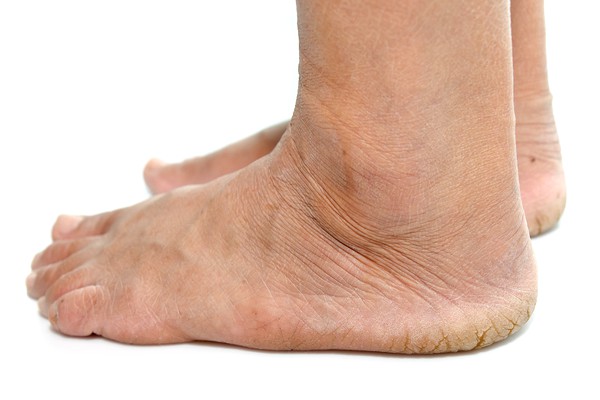The Foot Institute – Calgary
An Independent Associated Practice of Podiatric Physicians & Surgeons
TOLL FREE: 1-877-444-3668
Diabetes Foot Treatment Calgary

According to the Canadian Diabetes Association, more than 9 million people in Canada have diabetes or pre-diabetes. Foot problems are a big risk for all diabetics. Diabetics must constantly monitor their feet or face severe consequences – including amputation.
With a diabetic foot, a small wound or blister from wearing a shoe that's too tight can cause significant damage. Diabetes decreases blood flow, so injuries are slow to heal. When your wound is not healing, it's at risk for infection. As a diabetic, even minor infections can spread quickly. If you have diabetes you should inspect your feet every day. Look for puncture wounds, bruises, pressure areas, redness, warmth, blisters, ulcers, scratches, cuts and nail problems. Get someone to help you or use a mirror. Nervous system damage (also called neuropathy) affects about 60 to 70 percent of people with diabetes and is a major complication that may cause diabetics to lose feeling in their feet or hands.
If you have diabetes
DO:
- Wash and check your feet every day - look for sores, blisters, signs of infection or changes in your feet
- Wear shoes and socks at all times, preferably thick, soft socks
- Protect your feet from hot and cold
- Keep the blood flowing to your feet
- Cut toenails straight across
- Exercise
- Lose weight
- Give up smoking
- Be properly measured and fitted every time you buy new shoes
- Always wear properly fitting shoes to prevent injury and protect your feet
- Visit your podiatrist on a regular basis
DON'T:
- Go barefoot
- Wear high heels, sandals or shoes with pointed toes
- Drink in excess
- Wear anything that is too tight around the legs
- Remove calluses, corns or warts by yourself
If you have any swelling, warmth, redness or pain in your legs or feet, see your doctor right away. If you have any corns (thick or hard skin on toes), calluses (thick skin on bottom of feet), in-grown toenails, warts or slivers, have them treated by your doctor or a foot care specialist. Do not try to treat them yourself. Have your bare feet checked by your podiatrist at least once a year. In addition, ask your podiatrist or family doctor to screen you for neuropathy and loss of circulation at least once a year.
Take your socks off at every diabetes-related visit to your family doctor or podiatrist and ask him or her to inspect your feet.
Diabetic ulcers
A diabetic ulcer is a breakdown of the skin tissue on an area of the foot. An ulcer can develop quickly and may be painful and difficult to heal. Infection is a common complication. It is important to have an X-ray to determine whether there is any bone involvement when an ulcer is present.
Causes of diabetic ulcers:
- Uncontrolled diabetes mellitus
- Vascular insufficiency
- Lack of sensation
- Chronic irritation from ill-fitting shoes
- Trauma
What can you do?
- Consult a podiatrist immediately
- Alert the doctor's office that you are a diabetic with a foot sore
- Self-treatment is not recommended for this serious condition
What can a Podiatrist do for you?
- Perform a physical examination
- Request an X-ray, bone scan, CT, MRI or other imaging studies
- Perform debribement and wound care
- Conduct laboratory tests
- Initiate total medical team approach, which may include your family practice doctor, endocrinologist, internist, vascular surgeon, and infectious disease specialist
- Prescribe an orthotic to off-load pressure areas on the foot


